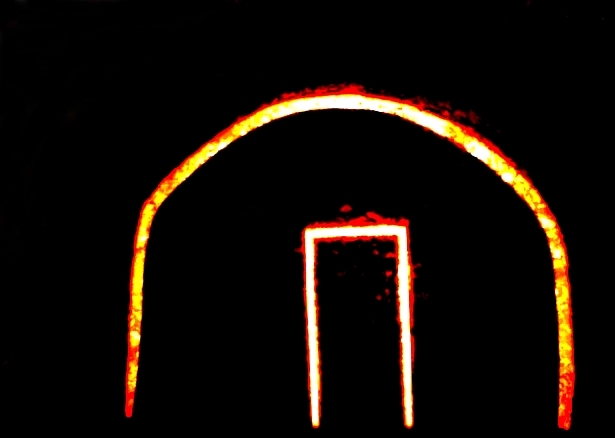Theatre of Places
In Crisafulli’s Theatre of places project a location is not merely a setting for performance, but is rather a structural element of theatrical creativity itself, not only in its visual and spacial aspects, but also as far as texts, actions, rhythms and sounds are concerned. In this context the site is understood to be the “text”. This process of informing performance recognises that locations are imbued with memories, stories and connections with peoples’ lives as well physical raw material that should be embraced and made use of. It is uncovering this collective identity of place that is at the core of the work. At present when physical spaces, and the relations that take place within them have been weakened by the advent of new forms of communication such as virtual reality or the Internet, the urgent need for a “Theatre of Places” is evident. These new methods of communication are extremely pertinent elements of transformation, and the activities taking place in these sites lead to a new balance between the local and the global. Crisafulli defines his process as meditative and visionary with the stated objective of defining new forms of belonging in our society.
(Cf. Fabrizio Crisafulli, 'Teatro dei luoghi: che cos’è?', Teatro e Storia, 22, Rome: Bulzoni, 2000, pp. 427-436).
“My mode of creating productions is based on what I call “real relations.” With this, I encourage participants to immerse themselves in a given situation, with precise parameters, deriving from an initial engagement with a theme or a text; or with the poetics of an author; or from a concrete relationship (physical, spatial or visual). The situation might also be derived from a real site, as it is in the case of projects I call “Theatre of Places.” The participant’s reactions and suggestions form additional variations on the initial situation, modifying its relations. In rehearsal, a “place” is created: a realm of evolving relationships”.
(Fabrizio Crisafulli, ‘Light as Acion’, in Performance Design, ed. by Dorita Hannah and Olav Harslof, Copenhagen: Museum Tusculanum Press, University of Copenhagen, 2008, p. 93).
"I don’t know if you can say that the essence of theatre is the actor. It would be like saying that the essence of the Universe is humankind. Where does that leave the stars?"
"Establishing the score for actions is not as important as establishing the inner state of the performer in the piece. This is the basis for the vitality of the work and the ability of the actor to react to variations in the audience’s behaviour, the unexpected, and mistakes".
"If the performer watches, he is also watched. If he listens, he is also listened to. And he is truly able to watch and listen, if the scene is truly there".
(Fabrizio Crisafulli in Place, Body, Light: The Theatre of Fabrizio Crisafulli, 1991- 2011, edited by Nika Tomasevic, Dublin: Artdigiland, 2013, pp. 22 - 92 - 310).

